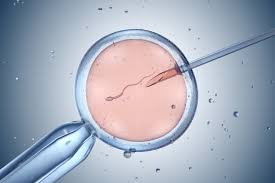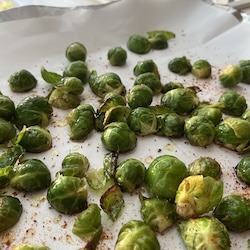
by adereth | Jul 1, 2025 | Uncategorized
<<Get the full 7 days here! Download Your Copy of the Dining With Nature 7-day Endo Meal Plan>> As women, we often experience symptoms that leave us wondering: Why is this happening now? What is this connected to? The questions can feel endless and...

by adereth | Jun 1, 2025 | Uncategorized
Introduction These days, one of the buzziest terms I hear around our relationship with food is “food noise.” It’s the constant mental chatter about eating, especially cravings for comfort foods – and one of the most talked-about effects of GLP-1 medications...

by adereth | May 4, 2025 | Uncategorized
Introduction As you embark on the next part of your fertility journey, whether it’s IVF, IUI, or another treatment, it can feel like everything revolves around the medical and clinical aspects—the injections, doctor’s appointments, and blood tests. But nutrition still...

by adereth | Mar 31, 2025 | Uncategorized
Introduction It’s shocking that even in 2025, when women visit their doctors with fertility concerns—irregular menstrual cycles, PCOS-related infertility, difficulty conceiving, or simply wanting to prepare their bodies for pregnancy—they’re still met with the tired...

by adereth | Mar 5, 2025 | Uncategorized
Egg Quality Vs. Egg Quantity As women age, fertility health often becomes a point of focus. When you hear that you’re born with 500,000 to 1 million eggs, but lose about 95% of them by the time you reach age 37 (leaving around 25,000), it’s hard not to feel a bit...

by adereth | Feb 6, 2025 | Uncategorized
Why Your Gut Health Could Be the Key to Unlocking Your Fertility Potential As a fertility and family dietitian, I think it’s time to start with a topic that doesn’t get enough attention when it comes to conception and fertility: a strong gut microbiome. The other day,...







